Hilo, Hawai‘i —
As we voyage around our islands in Hawaiʻi, we will be connecting with our communities, renewing relationships and celebrating stories of mālama honua – caring for Island Earth. An essential question that crew members will be asking is, “How do you inspire the next generation to mālama honua?” We are calling these land-based voyages “Learning Journeys” whree teacher crew members lead expeditions to explore best practices in formal and informal education.
E ke hoa aloha aina.
Mai ka piina a ka la i Haehae i Kumukahi i ia wahi kapu o Kuaokala moku o Puna mokupuni o Hawaii aloha nui kakou. I keia la ua kipa makou na ohana o Hokulea laua o Hikiana i ka aina o Puna. Oluolu ka hui ana o makou i ke kula o Kuaokala me na kumu a na haumana. Nani no ka aina o Puna paia ala i ka hala. A laila kipa makou i ke awa o Pohoiki a kau makou ma luna o kekahi waa lawaia a na haumana a me ko lakou kumu i kalai ai. Ua hanau he waa hou o Pualaa. A pae makou i uka hoomanao makou ia anakala Boogie Kalama kekahi o na kanaka maoli i holo mua ai i Tahiti ma luna o Hokulea i ka makahiki 1976 a me ka hui ana me ia a me kona ohana. He la maikai loa. Mahalo nui e na kupa o ka aina. Mahalo ke Akua. E houlu i ka lani a me ka honua
– Mahina Hou
Kua O Ka La New Century Public Charter School, June 10
This morning, crew members spent the morning visiting Kua O Ka Lā New Century Public Charter School – a Hawaiian culturally-based charter school located on a 600 acre coastal ancient Hawaiian fishing village in Pāhoa, Hawaiʻi Island.

Photo by: Jenna Ishii
Susie Osborne, Principal and Administrator, along with their kumu and students opened the day with a tour and history of Pūʻalaʻa Village. When we asked the students Kekoa, Kaleo and Alakea what they liked most about their school, they said, “There is a lot of hands-on learning, and you aren’t stuck inside a building all day. Almost every day, we get to go outside.” One of the highlights of the day was learning how to plant an ulu tree above ground in a puʻu. Kumu Leila Kealoha explained, “The ulu was the staple of our people.” Kua O Ka Lā dedicated this ulu tree to the Worldwide Voyage to share the message of growing food for our communities and perpetuating food self-sufficiency for the next generation. Every year, this school hosts an Ulu Festival where over 2,000 people come to learn how to grow, cook and care for ulu trees. Some of the revenue from the trees that are sold will go back to the communities where the trees came from.

Photo by: Ua Estabilio
Matt Kanemoto, a crew member and Agriculture Teacher at Kahuku High School, said, “I think it is wonderful how they are sharing the message of sustainability with their community by growing ulu trees. They put their whole heart and soul into their teaching and they do it for their community.”

Photo by: Jenna Ishii
The murals painted by the students at Kua O Ka Lā reflect the values of their school. We learned that Kua O Ka Lā is a Hawaiian culturally based school and their place-based learning opportunities include propagating and planting native trees, removal of invasive species, and practicing and perpetuating cultural practices, such as: imu, lauhala weaving, traditional planting styles, etc. They have collected water samples and tracked this data of their coastline for the past five years. They participate in coastal clean ups regularly, and their students have spent the past two years building a 20 foot waʻa named Pūʻalaʻa which was just blessed and launched. Today, the students allowed our crew members to paddle Pūʻalaʻa for her first day in the ocean! It was such a blessing to be on the water with their students and to celebrate the perpetuation of voyaging and navigation.

Crew members help to launch Pūʻalaʻa in the ocean. Photo by: Jenna Ishii
Kua O Ka Lā provides a culturally driven and rich cultural education for their K-12 students. “We hope to embed voyaging in our school in a deeper way in the coming years. We have grown from 26 students to over 300 students next school year” said Susie Osborne.
Mahalo nui to the leadership, kumu and students of Kua O Ka Lā for allowing our crew members to learn from you all today!
Video: http://www.youtube.com/watch?v=aiwsGkAUKoE
Ke Kula ʻO Nāwahīokalaniʻōpuʻu Iki Laboratory Public Charter School – June 12
Pualani McKeen who is a crew member and teacher at Ka ʻUmeke Kāʻeo Hawaiian Language Immersion and Culture Public Charter School helped to arrange a Learning Journey for crew members with Kumu Haunani Keamo at Ke Kula ʻO Nāwahīokalaniʻōpuʻu Iki Laboratory Public Charter School.

8th Graders Leading A School Tour. Photo by: Jenna Ishii
Pualani McKeenʻs Reflection:
As a kumu ʻōlelo Hawaiʻi I was deeply humbled and proud of the level of leadership and respect of the keiki that guided us and introduced us to the school, Nāwahīokalaniʻōpuʻu, Laukeha Helekahi-Kaiwi was phenomenal and very thorough in her explenations and guidance we toured the different learning environments at Nāwahī. The other two kaikamahine, Malia Silva and Hokulani Fortunado were also well versed and showed great support in leading us on the tour. Their ʻohana as well as their ʻohana kula should be very proud of them and their ability to lead us on this tour. Mahalo to Nāwahī for welcoming us so warmly with great aloha hospitality.

Crew members visit Ke Kula ʻO Nāwahīokalaniʻōpuʻu Mala (garden). Photo by Ke Kula ʻO Nāwahīokalaniʻōpuʻu
Crew Member Zane Haven’s Reflection:
As a student studying Hawaiian studies and Hawaiian language it was nice to see keiki learning about and practicing a Hawaiian lifestyle. There was a lot of kalo, kukui, pigs, ʻuala etc. on their campus. All the plants that were on campus were functional in one way or another. My favorite part of the trip was visiting the hale imu and seeing how large their imu is. It was nice to know that keiki are being taught how to cultivate, prepare, and cook traditional foods in a traditional way. It was also nice to here so many people ʻōlelo Hawaiʻi. I enjoyed hearing the story of Nāwahī crossing the ʻAlenuihaha in a small sail boat. We had just crossed this very channel and I saw how rough this channel can get and it is an amazing accomplishment that he and his few companions crossed this channel to get to Maui.

Agriculture Program at Ke Kula ʻO Nāwahīokalaniʻōpuʻu. Photo by: Jenna Ishii
As soon as our group entered the parking lot of Ke Kula ʻO Nāwahīokalaniʻōpuʻu, it was clear to me that this school is very different from the majority of the schools I have seen. The grounds are essentially a large mala (garden); banana trees line the 5 acre plot, with fields of kalo and other native plants scattered across the premises. The entire campus, complete with open greens spaces, a playground, a functional imu, and even a pig farm, is well manicured, largely due to the dilligent work of the students.
Ke kula ʻO Nāwahīokalaniʻōpuʻu is an environmentalistʻs dream. The children are being taught environmental conciousness from a young age, and these ideals are linked closely with cultural awareness. The students are instructed to farm in the old ways, refraining from using manufactured fertilizers, and instead utilizing litter from the surrounding plants to naturally compost and create rich, productive soil. Pigs are raised without commercial grain, eating only vegetation grown on the grounds, and then later cooked in the schools large imu. These children are fully aware of where their food comes from, a paradigm often lost in today’s food industry full of feed lots and chemical additives. Because of this, the students can truly learn to mālama ʻāina, to care for themselves by caring for their environment, and this symbiosis is a wonderful representation of how it is possible to thrive alongside our earth, rather than just taking from it.
Mahalo nui to Kumu Haunani Keamo and the students and kumu at Ka ʻUmeke Kāʻeo Hawaiian Language Immersion and Culture Public Charter School.
zp8497586rq
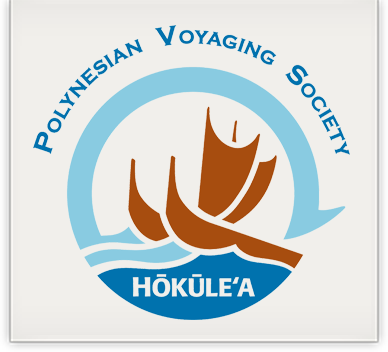
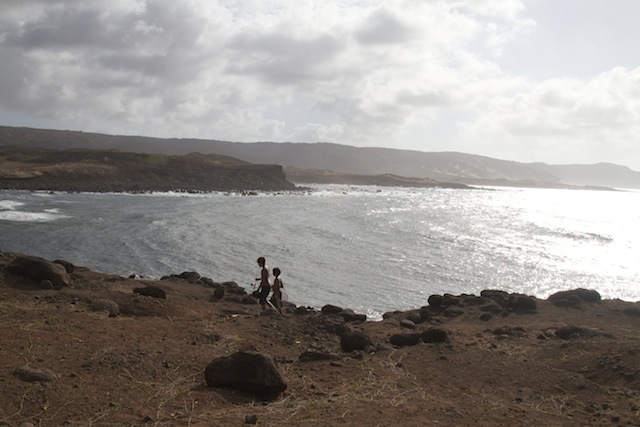



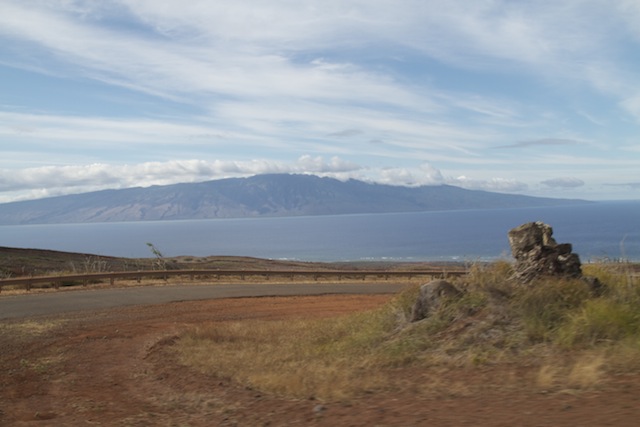
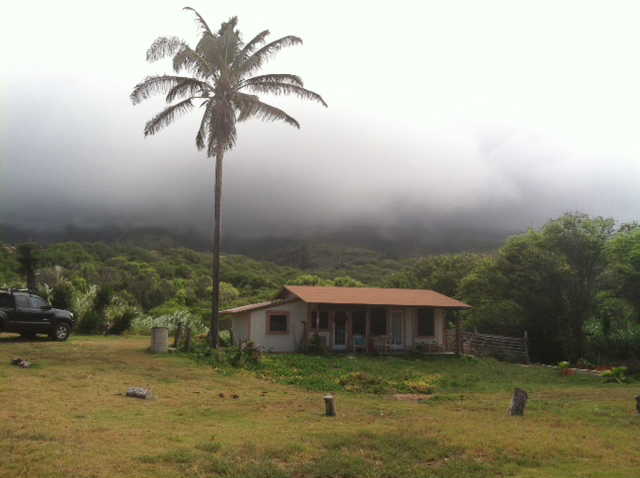







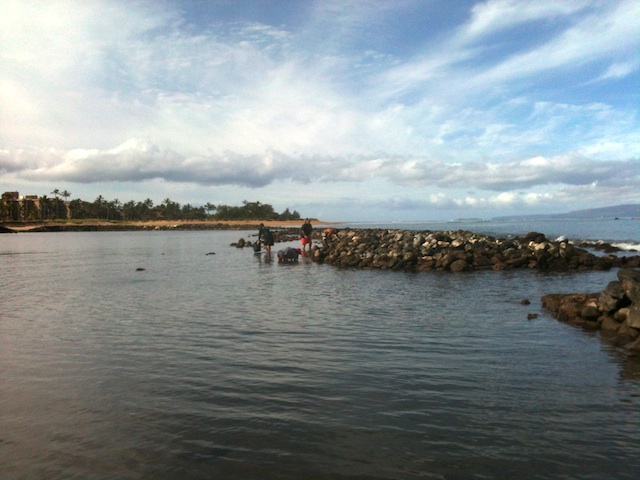


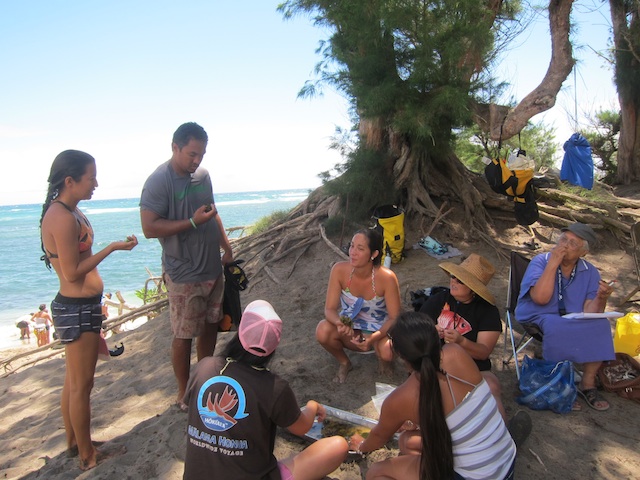







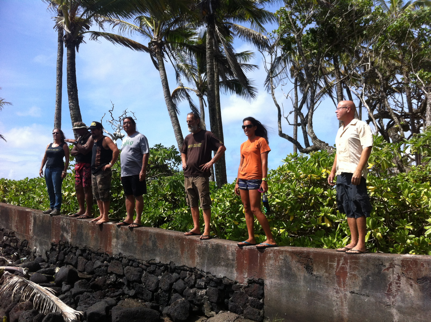







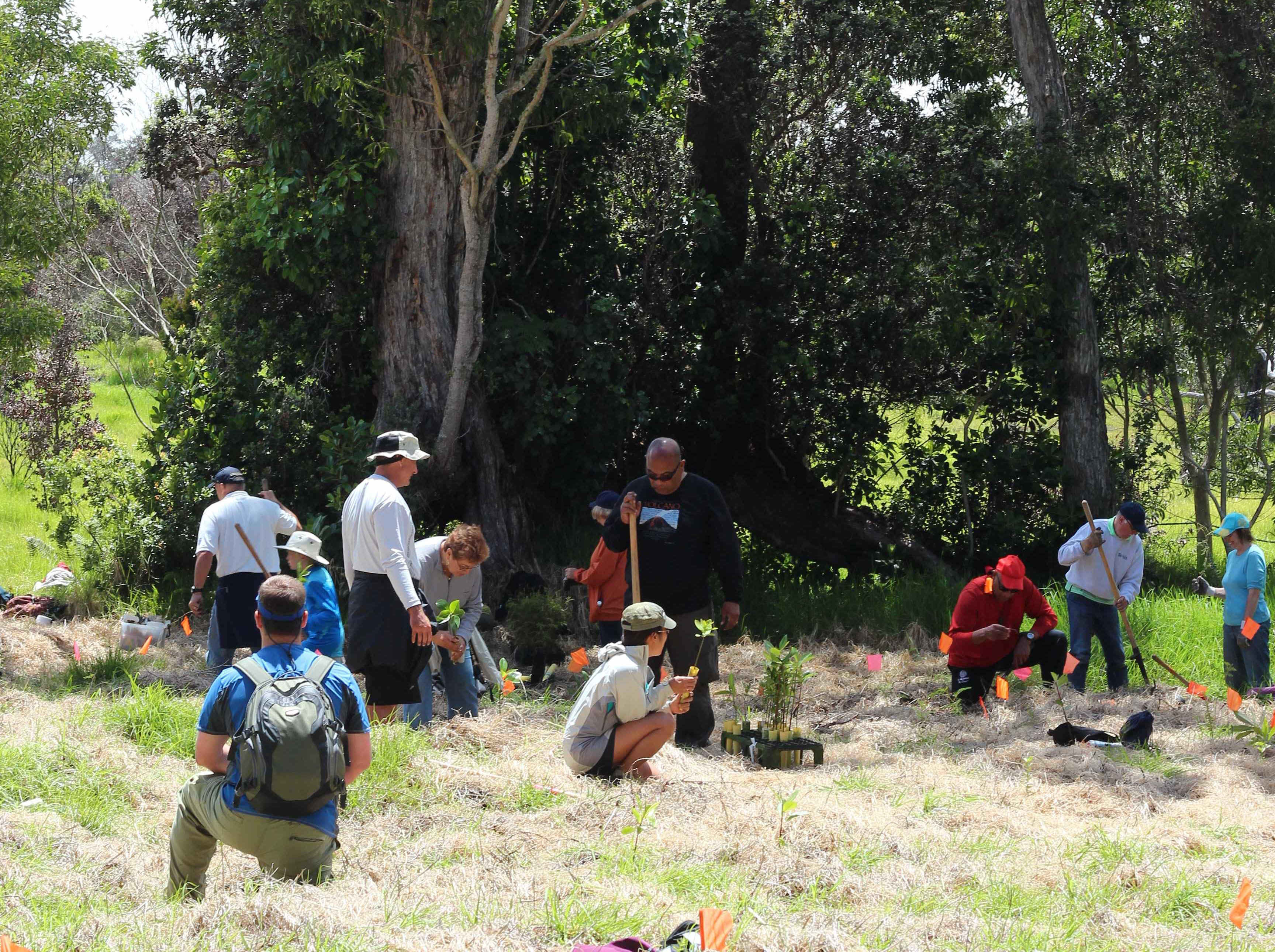

 On the ride back to Hilo Jason and I got to talk story with uncle John, uncle Snake, Uncle Terri, and uncle Tava. For most of them the last time they were at Keauhou was back in the early 90’s when they were looking for Koa for Hōkūleʻa. This time at Keahou they said they really had an amazing experience because they were able to connect with their ancestors and leave something behind for the next generation. We planted trees for crew members who are no longer with us, our families, and our friends. Mahalo nui for letting us be a part of this special experience.
On the ride back to Hilo Jason and I got to talk story with uncle John, uncle Snake, Uncle Terri, and uncle Tava. For most of them the last time they were at Keauhou was back in the early 90’s when they were looking for Koa for Hōkūleʻa. This time at Keahou they said they really had an amazing experience because they were able to connect with their ancestors and leave something behind for the next generation. We planted trees for crew members who are no longer with us, our families, and our friends. Mahalo nui for letting us be a part of this special experience.